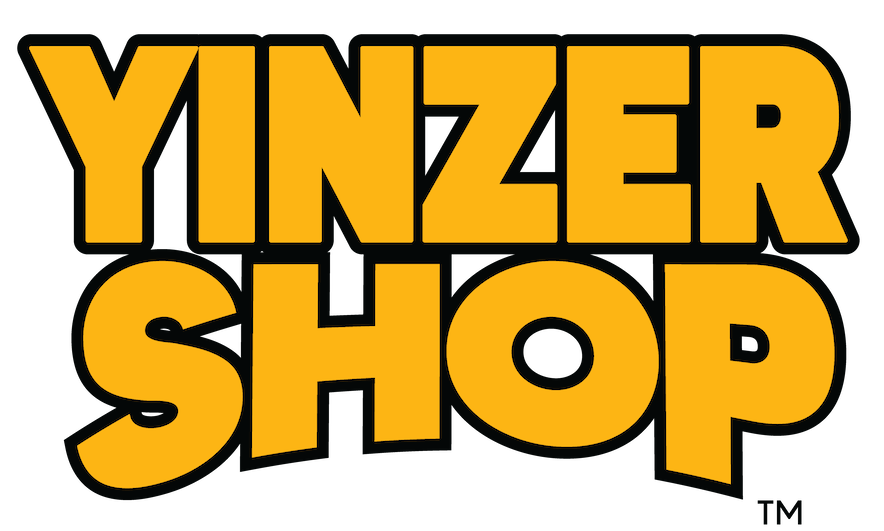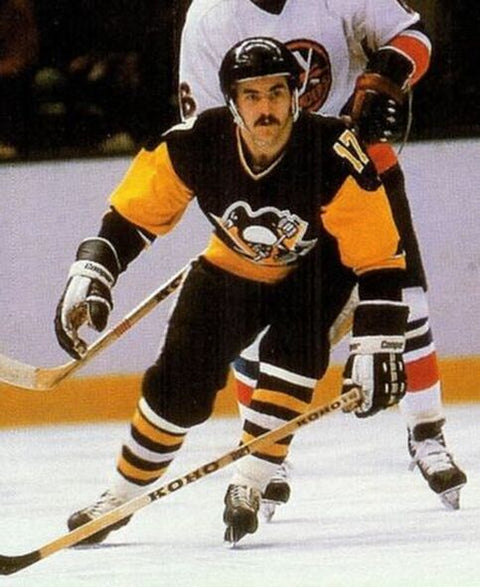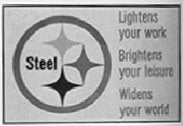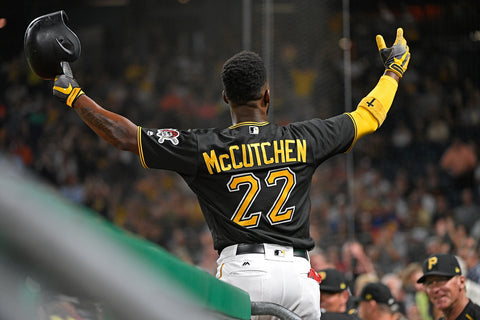The Pittsburgh Penguins. Has a nice ring to it, doesn't it? If you’ve followed our previous blogs on the History of the Steelmark and the Steelers, you’ll know by now that Pittsburgh sports’ franchises offer more than easily pronounced names or cool logos. But what about a penguin could hold more meaning to the Pittsburgh team and its loyal fans? Let’s look at the hockey team’s origins and the history behind the name.
The Pittsburgh Pirates, the Pittsburgh Hornets, and the Pittsburgh Penguins. Let’s first clarify the timeline and these teams’ official journey. Sharing name with Pittsburgh’s baseball team, the Pittsburgh Pirates was the city’s NHL team from 1925-26 and 1929-30 before moving on to play a season in Philadelphia under the name the Quakers. The Pirates hockey team owes its early origins to the amateur team, the Pittsburgh Yellow Jackets. The team’s eventual dissolution is due to the owners’ financial difficulties and the team's $400,000 debt following the Wall Street Crash of 1929 and the Great Depression.

The Pittsburgh Pirates, 1925-26 season. Sports Team History.
The Pirates hockey franchise was broadly influential in the branding of Pittsburgh teams to come, primarily because it was among the early teams that helped create such a strong association between Pittsburgh and the black and gold color scheme. This early use of the color scheme served as a deliverance for the Pittsburgh Penguins team, whose proposal to change their colors to black and gold was faced with protests by the Boston Bruins, who use the same scheme. The Pirates’ connection to the Yellow Jackets also influences the mascot and name of the next Pittsburgh hockey team, the Hornets.
In 1936, the Pittsburgh Hornets were bought by John Harris and rebranded from their original identity as the Detroit Olympics. The minor-league professional team played from 1936-1956, took a 5-year hiatus during the city’s reconstruction project, and revived in 1961-67. After their Calder Cup Championship in ‘67, Pittsburgh was granted another NHL franchise, which led to the extermination of Pittsburgh’s AHL franchise and the minor-league team’s 31-year run.

Pittsburgh Hornets official program, 1961-62 season.
Now comes the Pittsburgh Penguins. In true Pittsburgh fashion, the fans are to thank for the famed name. Pittsburgh’s NHL franchise was introduced on February 8th, 1966, and the Pittsburgh Post-Gazette and Mellon National Bank held a contest for what the NHL team should be called. The public contest received over 26,000 entries, with suggestions ranging from the Pittsburgh Pioneers, the Pittsburgh Crickets, and the Pittsburgh Golden Triangles. Luckily, 716 people suggested the Pittsburgh Penguins, eventually sealing the name and mascot’s fate. It is thought that this suggestion was a natural byproduct of the Civic Arena’s own nickname, the Igloo. Then co-owner of the team, Pete Block, highlighted how organic the connection was between the players whose livelihood is ice and the penguin that lives on it. This new team name brought with it the new mascot, now known as Iceburgh, solidifying the connection of the Igloo and the ‘burgh.

Penguin Pete (original mascot). 1968. Sports Mascots Wiki.
The team name was not quickly accepted by the franchise’s investment and management staff, who reportedly laughed upon the official announcement at the Pittsburgh Athletic Association. Then general manager, Jack Riley, ordered the first set of jerseys to be blue and white with a simple “Pittsburgh” diagonally lining the front. Riley is quoted as saying he thought stockholders might change the name, and his dislike and apprehension were compounded by his friends who mocked the name by waddling around.

First Penguins team caption, Ab McDonald. 1967-68. Penguins Chronicles.
Despite higher-up distaste for the fan-recommended name, the 1968-69 season showed acceptance for the new name and mascot: the penguin logo was officially included on the jerseys, although the blue and white color scheme remained. On January 30th, 1980, the team wore black and gold for the first time in hopes of gaining more fan support following the Steelers’ Super Bowl win and the Pirates’ World Series success.

Pittsburgh Penguins team photo. 1980-81. Pittsburgh Hockey History.
The history behind the Penguins franchise is intertwined with Pittsburgh hockey history as a whole. Influenced by financial crises, sports politics, and reconstruction projects, the Pittsburgh Penguins’ journey reminds us of the power of fan loyalty and Pittsburgh’s sports. The Pittsburgh hockey team is easily identified by its steel-proof marketing image: black and gold color scheme, the Igloo, the Iceburgh, and a name that originated with the fans.

Penguins mascot, Iceburgh, at PPG Saints Arena. Getty Images.
References:
American Hockey League Wiki. https://ahl.fandom.com/wiki/Pittsburgh_Hornets
Murphy, Brian. https://www.nhl.com/penguins/team/uniform-history
NHL. https://www.nhl.com/penguins/team/uniform-history
Pittsburgh Pirates (NHL). https://en.wikipedia.org/wiki/Pittsburgh_Pirates_(NHL)
The Hockey Writers. https://thehockeywriters.com/pittsburgh-penguins-name-mascots-legacy/




Comments (0)
There are no comments for this article. Be the first one to leave a message!